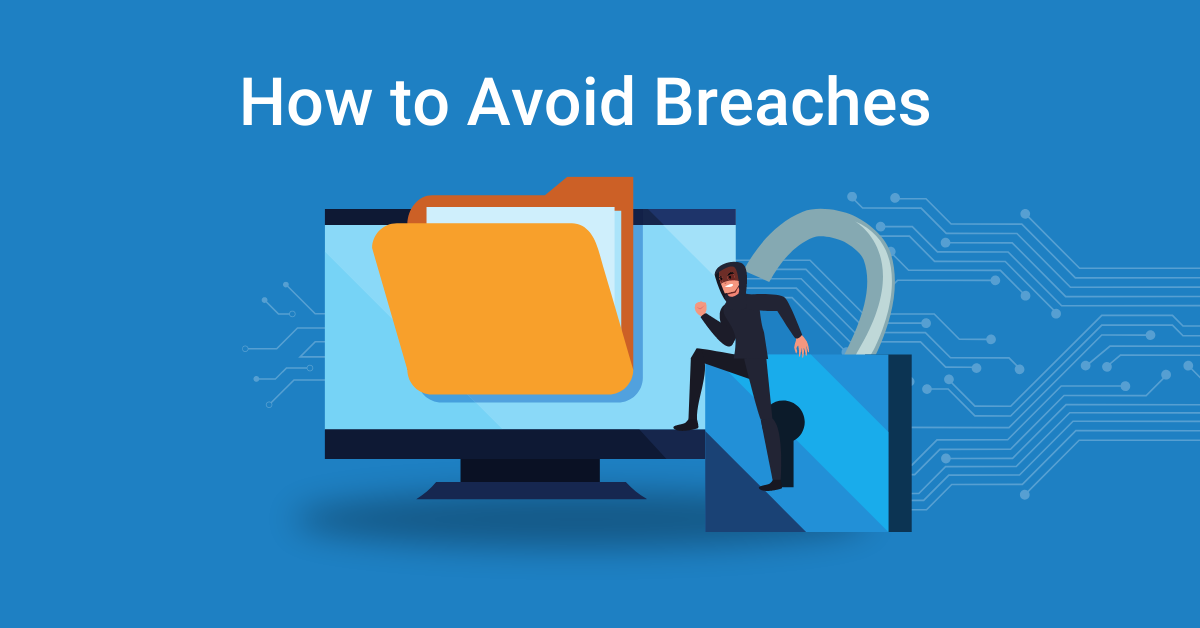
Did you know that your company’s finances, reputation and intellectual property is at stake when you’re not protected even during the development phase? Desktop (client) applications perform many critical business functions and when not protected, they are susceptible to piracy, tampering, vulnerability probing, data, and IP breaches.
We cannot stress enough on the importance of investing in desktop application protection. Research shows that the average application received over 13,000 attacks monthly even after deployment! The same goes for app development, all of those endless nights of debugging, troubleshooting can be hacked within seconds and your sweat equity is sold to the highest bidder. Hackers have no remorse and can readily run a few lines of code to probe or gain access to your project(s). While these criminal activities are not news, cyber hacking has evolved and will continue to do so as DevSecOps also progresses.
In order to get ahead, you must know the facts about a hacker’s business model, industry risks and the proactive measures in order to prevent breaches.
If you guessed “money” as the ultimate goal of the hackers business model – then you’re right! What else would be the motivation?
In terms of “increasing revenue,” data is equivalent to currency, the more data they obtain, the more money they can get, but this is a small portion of a much larger scheme. One large attack won’t suffice, they tend to automate their tactics or use additional help. For example, a master hacker can create a clever downloadable kit for other hackers to use on a specific site, these are called “proxy” hackers, which technically multiplies the solo hacker’s work. But let’s not underestimate the master hacker, these clever kits have barriers – they allow and grant access to a single proxy hacker to store data on a database in the cloud, all while having adjacent blocking mechanisms to other proxy hackers. Even those proxy hackers cannot see each other’s data, the master hacker has the ultimate backdoor key to the cloud database.
Time is money, and in the world of hacking “cutting cost” is essential. Let’s not be naive, there are kits for just about every kind of attack. Instead of inventing the wheel or doubling up on the work, hackers will use what others have already built. Another cost-cutting example is to utilize proxy servers. This allows attackers to temporarily store the data that is being retrieved. Last but not least, hackers love to use Remote Desktop Services (RDP) sessions or isolate a central processing unit (CPU) to maximize their attack.
To stay on top of your security game, the best thing to do is educate yourself and your team about the behavior of hackers. Study their business model, understanding this will allow your IT department to focus their controls on the problem, rather than on the symptom. Educate your teams on how they attack. If you understand their methods, you can be proactive, applying security throughout the SDLC to give your team the power to prevent risk.
Each industry has specific risks. For example; software vendors, financial service providers, telecommunications companies, industrial manufacturers and other businesses rely on applications to generate revenue, assure business continuity and contain unique intellectual property. Businesses of all types have risks associated with their divisions and recognizing all of them is a full time job. But, we can’t all afford to hire security researchers, proactive approaches are based on recognizing the key challenges and building security around them.
If your company’s security systems aren’t up to par, then the risks of a breach are far greater, not discovering a breach costs you money, for every week a risk is in a deployed app your customer data is accessible, IP available and runtime performance at risk.
The average annualized cost for cybercrime in the financial services industry is approximately $20 Million with the average for all industries being $13 Million. Each year technology changes and with that so do unforeseen challenges, for instance, prior to pandemic industry risks were far less than they are today with remote working. Now that sensitive data can be accessed anywhere at any given time, attacks have tripled in the past three years thus shifting each industry’s security standards. If you know your industry’s risk, you know what to look out for.
Allocations for security tools are crucial for all types of business when developing for their fiscal budget. According to Cisco, 50% of large enterprises (with over 10,000 employees) are spending $1 million or more annually on security, with 43% spending $250,000 to $999,999, and just 7% spending under $250,000. Larger corporations have the budgets, but it is the smaller businesses that tend to overlook or not invest in security. By not investing in any type of cyber security, this exposes each business to the core. Reputation, loss of finance and sensitive data are just a few examples of what a company will face during a breach. It is better to be safe than sorry.

PreEmptive layered approach using obfuscation, encryption, shielding, and tamper proofing, makes it very difficult for a hacker to read your source code. Our products require no changes to your source code, easily integrate with your build process, and provide passive and active protection customized to your business’ needs. For more information on how to get started, download our free trial or need further help, we encourage you to use our resources, found in our navigation bar.